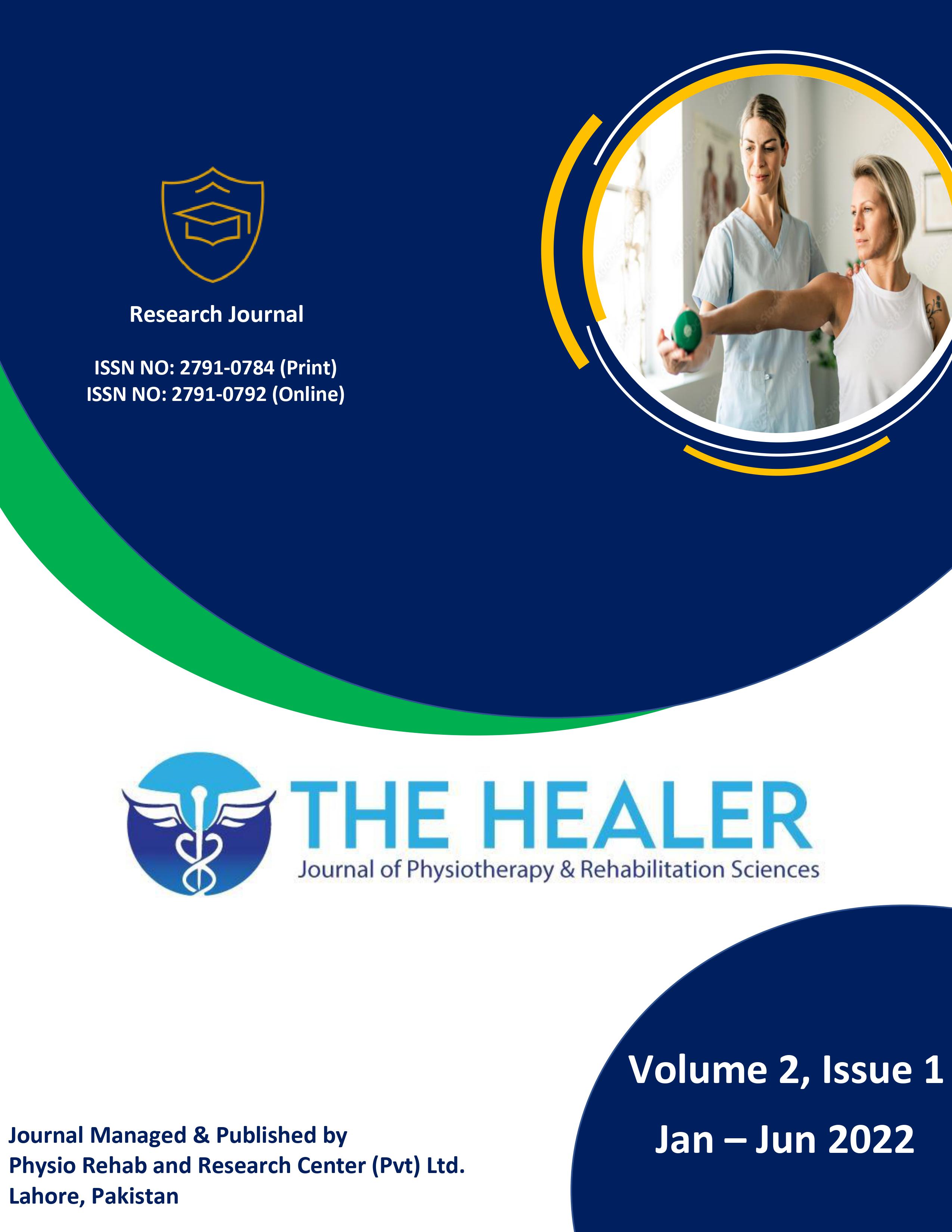Predictors of Disability Attributed to Symptoms of Increased Interrecti Distance in Pregnant and Postpartum Women with Diastasis Rectus Abdominis
DOI:
https://doi.org/10.55735/thjprs.v2i1.46Keywords:
childbirth, diastasis rectus abdominis, disability, interrecti distance, predictorsAbstract
Background: Physically and physiologically, pregnancy and parturition are the phases of transformation for women. During pregnancy, the rectus abdominis muscles move laterally, and the interrecti distance increases and may remain increased in the immediate post-birth period which can lead to disability. Objective: To investigate various physical and physiological factors that can cause disability attributed to symptoms of increased interrecti distance after childbirth. Methods: This cross-sectional survey was conducted from after approval from the ethical committee. About 239 postpartum females with age ranges of 25 to 35 years having an interrecti distance of at least 2 cm and whose youngest child ages between 1 to 8 years were included. Correlation analysis was applied for different variables using Pearson correlation with a disability as the outcome variable and fear-avoidance beliefs, emotional distress, body mass index, lumbopelvic pain, increased interrecti distance, and physical activity level as predictor variables. Results: Four strong predictors were considered that cause disability in the postpartum females with almost 2 finger-width increased interrecti distance at baseline. All patients reported disability caused by symptoms produced by these strong independent predictors like body mass index, fear-avoidance, depression/anxiety, and lumbopelvic pain. The disability was caused by symptoms of body mass index of 22%, with Tampa scale of kinesiophobia questionnaire fear-avoidance belief cause disability 23.4%, with hospital anxiety and depression score was 10%, and with lumbopelvic pain 16% or mean value of visual analog scale 5.78% and total score of pain disability index was reported 9%. The p-value for correlation of all predictor variables with disability outcome variable shows a significant correlation between them. Conclusion: The intensity of lumbopelvic pain, fear-avoidance attitudes, body mass index, and emotional distress are the primary causes of disability related to symptoms of an increased interrecti distance after childbirth. These four predictor variables show a significant correlation with disability.
Downloads

Downloads
Published
License
Copyright (c) 2022 The Healer Journal of Physiotherapy and Rehabilitation Sciences

This work is licensed under a Creative Commons Attribution 4.0 International License.













